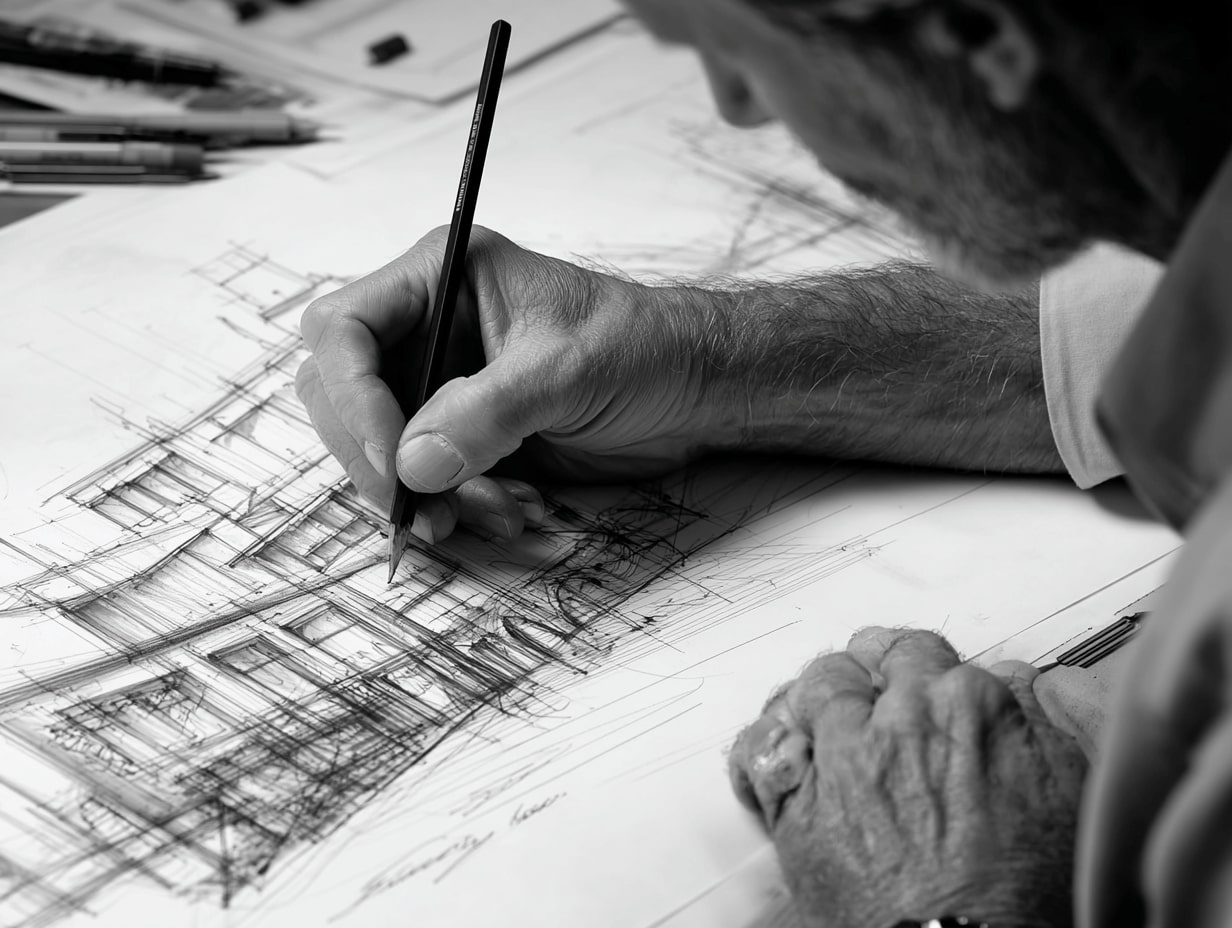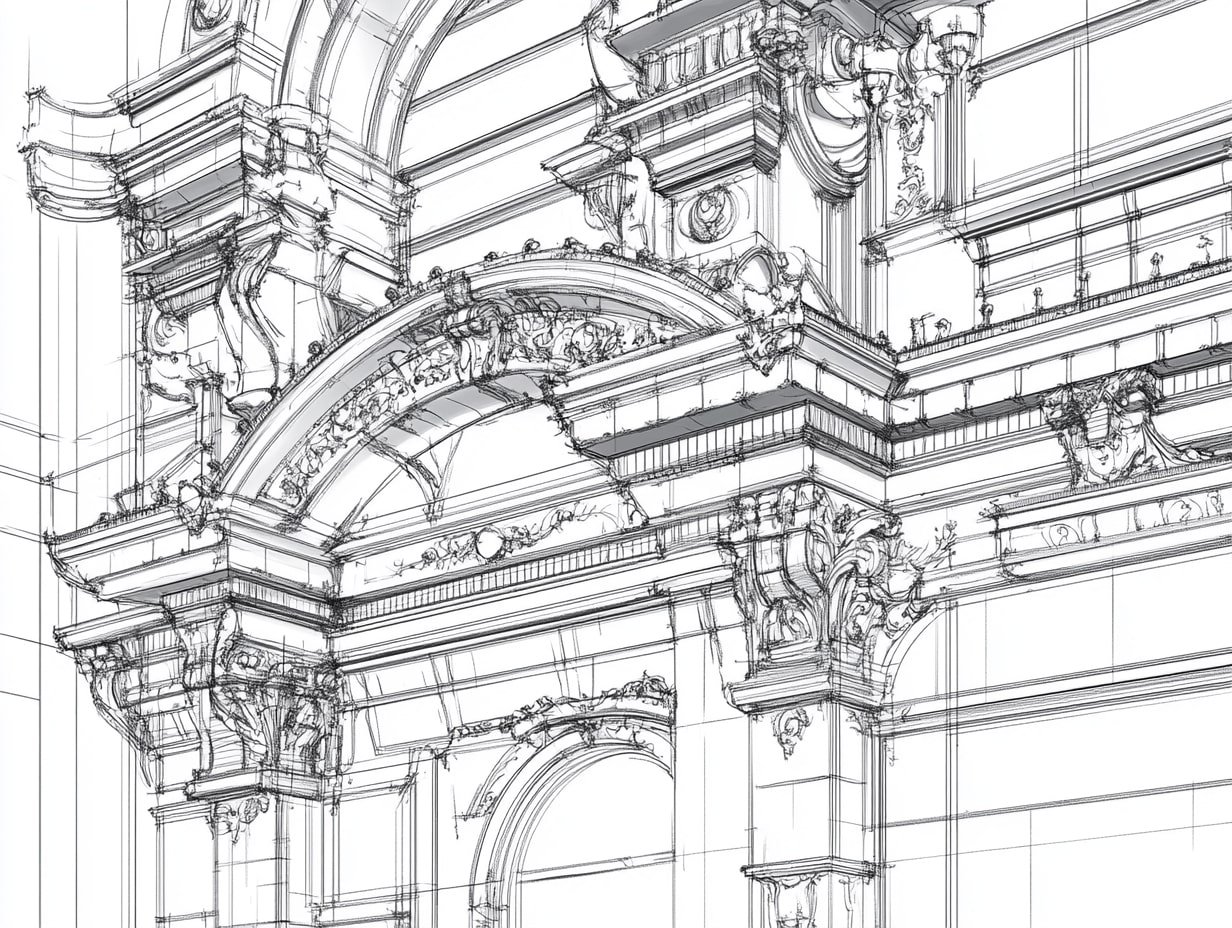- Home
- Articles
- Architectural Portfolio
- Architectral Presentation
- Inspirational Stories
- Architecture News
- Visualization
- BIM Industry
- Facade Design
- Parametric Design
- Career
- Landscape Architecture
- Construction
- Artificial Intelligence
- Sketching
- Design Softwares
- Diagrams
- Writing
- Architectural Tips
- Sustainability
- Courses
- Concept
- Technology
- History & Heritage
- Future of Architecture
- Guides & How-To
- Art & Culture
- Projects
- Interior Design
- Competitions
- Jobs
- Store
- Tools
- More
- Home
- Articles
- Architectural Portfolio
- Architectral Presentation
- Inspirational Stories
- Architecture News
- Visualization
- BIM Industry
- Facade Design
- Parametric Design
- Career
- Landscape Architecture
- Construction
- Artificial Intelligence
- Sketching
- Design Softwares
- Diagrams
- Writing
- Architectural Tips
- Sustainability
- Courses
- Concept
- Technology
- History & Heritage
- Future of Architecture
- Guides & How-To
- Art & Culture
- Projects
- Interior Design
- Competitions
- Jobs
- Store
- Tools
- More
Top Techniques to Improve Your Architectural Sketching Skills for Better Design Visuals
Discover practical techniques to enhance your architectural sketching skills, from mastering perspective and line quality to improving composition and shading. Explore essential tools, daily practice tips, and professional resources to boost creativity, precision, and design intuition.

Architectural sketching is more than just putting pen to paper—it’s a powerful tool for bringing ideas to life and communicating complex concepts with clarity. Whether we’re seasoned architects or just starting out, honing our sketching skills can open doors to greater creativity and precision in our designs. The good news? Improving these skills is something we can all achieve with the right techniques and a bit of practice.
From mastering perspective to refining line quality, there are practical methods that help us sketch with confidence and purpose. By focusing on the fundamentals and experimenting with new approaches, we not only enhance our technical abilities but also develop our unique artistic style. Let’s explore some effective techniques that can elevate our architectural sketches and make each drawing a true expression of our vision.

Table of Contents
ToggleUnderstanding The Importance Of Architectural Sketching
Architectural sketching serves as a key tool for visual communication. It bridges the gap between abstract ideas and tangible designs, making it easier to explain concepts to clients and collaborators. Through quick sketches, we can convey forms, spaces, and relationships that words or technical drawings might miss.
Sketching enhances spatial understanding and design intuition. As we sketch, we develop a deeper awareness of scale, proportions, and composition. This practice sharpens our ability to create balanced and functional designs while maintaining aesthetic principles.
Hand-drawn sketches encourage creativity and problem-solving. Unlike digital tools, they allow us to explore ideas more fluidly, making iterative design processes faster. Designers often discover innovative solutions through the spontaneity inherent in freehand drawing.
Architectural sketching remains a universal skill regardless of experience level. Both professionals and students rely on it to visualize initial ideas, refine details, and create compelling narratives for designs. Proficiency in sketching elevates both the quality and clarity of our architectural concepts.
Essential Tools And Materials For Architectural Sketching
Using the right tools and materials enhances the quality and precision of architectural sketches. Selecting these resources carefully boosts creative output and sharpens technical accuracy.
Choosing The Right Sketching Medium
Each sketching medium influences the style and tone of architectural sketches. Pencils, for instance, are versatile and provide varying levels of softness for shading or crisp lines for detailing. Ink pens create bold, defined strokes, ideal for emphasizing structure and contrast. Charcoal offers rich textures but demands skill for precise control. Using markers allows for quick notations and vibrant renderings, suitable for emphasizing light and shadow. Digital sketching tools, such as styluses and tablets, provide flexibility for layering and modifications, complementing traditional mediums.
Importance Of High-Quality Tools
High-quality tools improve consistency and reduce strain during extended sketching sessions. Precision pencils and professional-grade erasers prevent smudging and ensure clean corrections. Durable sketchbooks or thick sheets with proper weights handle intricate designs without tearing or ink bleeding. Comfortable grips on styluses, pens, or markers enable better control. Investing in tools like drafting rulers ensures proportional accuracy, while specialist sets, including blending stumps and fine-point markers, allow detailed customization.

Techniques To Improve Your Architectural Sketching Skills
Improving architectural sketching requires targeted practice and understanding of core principles. By focusing on specific techniques like perspective, line quality, composition, and shading, we can significantly refine our skills and elevate the quality of our sketches.
Developing Perspective Drawing Skills
Accurate perspective forms the foundation of architectural sketches. To improve, we should practice drawing two-point and three-point perspectives, focusing on vanishing points and horizon lines. Using simple geometric shapes like cubes and cylinders helps us understand how objects recede in space. Regularly sketching urban landscapes or interiors, which often involve complex perspectives, further sharpens this skill.
Practicing Line Quality And Fluidity
Clean, confident lines enhance the clarity of sketches. To refine line work, we should use continuous strokes rather than hesitant, segmented lines. Practicing with varying pressure and angles trains us to produce lines with different weights. Incorporating warm-up exercises, like drawing parallel lines and circles without lifting the pen, improves hand control and line consistency over time.
Mastering Composition And Layout
Strong composition ensures the sketch effectively communicates its intent. We can achieve this by dividing the canvas into thirds and positioning key elements along the lines or intersections, following the rule of thirds. Including foreground, middle ground, and background elements adds depth. Analyzing architectural illustrations or photographs for composition techniques also informs better layout decisions.
Using Light And Shadow Effectively
Shading adds realism and highlights spatial relationships. To understand light and shadow, we should study how light interacts with basic forms like spheres and cubes. Applying hatching, cross-hatching, or stippling creates depth and texture in sketches. Observing natural lighting conditions or using a single light source on a model helps refine our shading techniques.

Practicing Regularly And Building Consistency
Developing architectural sketching skills relies heavily on consistent practice. Regular effort enables us to enhance technique, refine accuracy, and build confidence.
Setting Daily Sketching Goals
Establishing daily sketching goals fosters discipline and incremental growth. We can set simple tasks, like sketching three objects in one-point perspective or completing a 10-minute freehand drawing. Progress becomes measurable with such focused milestones. For instance, sketching elements like doors, windows, or furniture daily builds familiarity with scale and detail. Smaller tasks ensure steady improvement without overwhelming effort.
Experimenting With Different Styles
Experimentation diversifies skills and encourages creative growth. By exploring various approaches like detailed linework, abstract shapes, and expressive shading, we discover our unique style. Testing mediums such as ink for precision, charcoal for texture, or markers for boldness introduces versatility. Sketching architecture in diverse genres, from minimalistic designs to intricate historical buildings, expands visual language and technique adaptability.

Learning From Professionals And Online Resources
Leveraging professional guidance and digital platforms can accelerate growth in architectural sketching. Exposure to expert techniques and diverse perspectives enhances skills and fosters creative development.
Attending Workshops And Tutorials
Participating in workshops and tutorials offers direct interaction with industry experts. Structured sessions focus on core topics, such as perspective accuracy, shading techniques, and dynamic compositions. For example, urban sketching workshops teach the practical application of perspective and proportions. Tutorials, whether in-person or online, allow us to follow demonstrations by seasoned professionals, gaining hands-on experience and insights into their process.
Platforms like Skillshare and LinkedIn Learning host video courses led by architects, covering sketching fundamentals and advanced methods. Live workshops provide opportunities to ask questions, improve techniques, and receive personalized feedback, making them invaluable for refining skills.
Analyzing Works Of Renowned Architects
Studying sketches by renowned architects reveals their techniques and thought processes. Observation highlights their use of line weights, shading, and spatial compositions to convey ideas effectively. For instance, examining Le Corbusier’s drawings offers insights into how simplified forms communicate structural concepts.
We can revisit archived materials, design books, and exhibitions to explore how notable figures illustrate design intent. Analyzing key details like linework precision or creative use of negative space builds a deeper understanding of artistic principles. Applying similar methods to our practice can elevate our sketches to a professional standard.
Conclusion
Architectural sketching offers endless opportunities to enhance creativity, communication, and design intuition. Our ability to master perspective, refine line quality, and explore various techniques directly impacts the clarity and effectiveness of our visual expressions. Using high-quality tools and experimenting with diverse mediums ensures that we elevate the precision and aesthetics of our sketches.
Daily practice fosters discipline and strengthens core skills, whether through quick freehand drawings or detailed perspective studies. Engaging with professional workshops, online courses, and the works of renowned architects broadens our understanding and inspires improvement. By applying these techniques and embracing a growth mindset, we can continuously refine our architectural sketches and showcase our artistic vision.
- architectural sketch tutorials
- architectural sketching methods
- architecture drawing basics
- architecture drawing for beginners
- architecture sketching exercises
- design sketching process
- enhance architectural rendering
- foundations of architectural drawing
- getting started with architectural sketching
- how to start architectural sketching.
- introduction to architectural sketching
- introductory architecture drawing
- learn architecture sketching online
- sketching tools for architecture students
illustrarch is your daily dose of architecture. Leading community designed for all lovers of illustration and #drawing.
Submit your architectural projects
Follow these steps for submission your project. Submission FormLatest Posts
Unlocking Creativity: The Power of Sketching in Architectural Design
Discover the vital role of sketching in architectural design through our comprehensive...
Understanding Architectural Elevation Drawings: Importance, Types, and Tools
Discover the vital role of architectural elevation drawings in the design and...
Unlocking the Art of Architectural Detail Drawing for Flawless Design Execution
Explore the vital role of architectural detail drawings in translating complex design...
Exploring the Art of Architectural Sketching Tools and Methods: A Guide to Creativity and Precision
Discover the timeless art of architectural sketching and its vital role in...












Leave a comment